Understanding how to raise fighting cocks is a comprehensive process that merges meticulous care, scientific nutrition, and disciplined training, transforming a promising bird into a formidable competitor. At PHJOY, we empower our bettors with the knowledge to assess a cock’s readiness, and this guide provides the foundation for that understanding, covering the best practices on how to raise fighting cocks from chick to champion.
The Foundation – Housing and environment
The environment plays a critical role in the development and health of the gamecock. Providing a clean, safe, and stress-free habitat is the first essential step in learning how to raise fighting cocks effectively.
Optimal coop design and sanitation
A proper coop must offer protection from predators and elements while ensuring adequate space for movement and separation. Overcrowding can lead to stress, disease, and premature fighting among young birds.
- Space: Each bird should have ample space to exercise its legs and wings naturally. Individual tie-cords or separate pens are essential for isolation during the conditioning phase.
- Sunlight and Ventilation: Coops must be positioned to receive morning sunlight, which is vital for Vitamin D synthesis, and have excellent airflow to prevent the buildup of ammonia and respiratory issues.
- Sanitation: The key to preventing diseases lies in daily cleaning. Regularly remove droppings and replace bedding material. Disinfection protocols should be followed weekly to maintain a sterile environment.
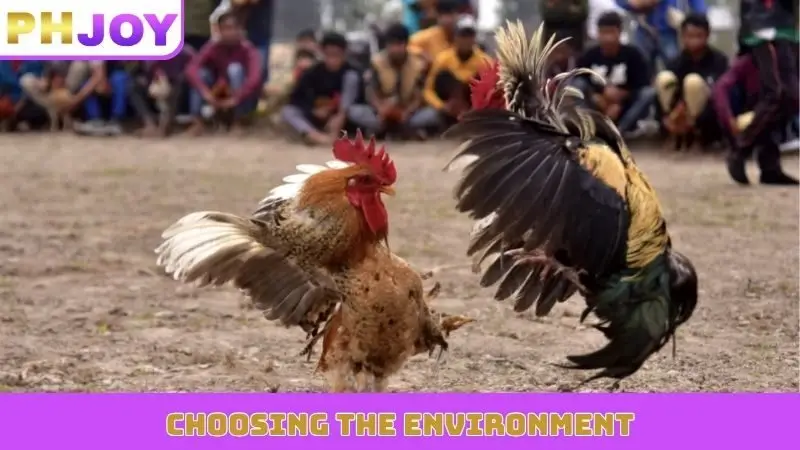
Advanced nutrition – Fueling the fighter
The diet is arguably the single most important factor when determining how to raise fighting cocks for competitive durability. A champion’s diet must be carefully balanced to support muscle development, bone strength, and high energy levels.
The life-stage feeding plan
Feeding requirements change dramatically as the bird matures. Adopting a structured feeding plan ensures the cock receives the right nutrients at the right time.
|
Life Stage |
Primary Focus |
Key Dietary Components |
|---|---|---|
|
Hatchling (0-3 Months) |
Rapid Growth & Bone Development |
High-protein starter feed (20-24%) |
|
Stag (4-12 Months) |
Muscle Conditioning & Immunity |
Grower feed (16-18%), supplemented with greens |
|
Matured Cock |
Maintenance & Stamina Base |
Maintenance pellets (14-16%), mixed grains (corn, wheat) |
|
Pre-Fight Conditioning |
Energy Loading & Hydration |
High-energy grains, protein boosters, vitamins |
During the crucial pre-fight phase, bettors should look for birds whose diet has transitioned to easily digestible, high-energy grains and has been supplemented with vitamins (B-complex for energy) and minerals (calcium for bone strength). This strategic feeding is central to how to raise fighting cocks.
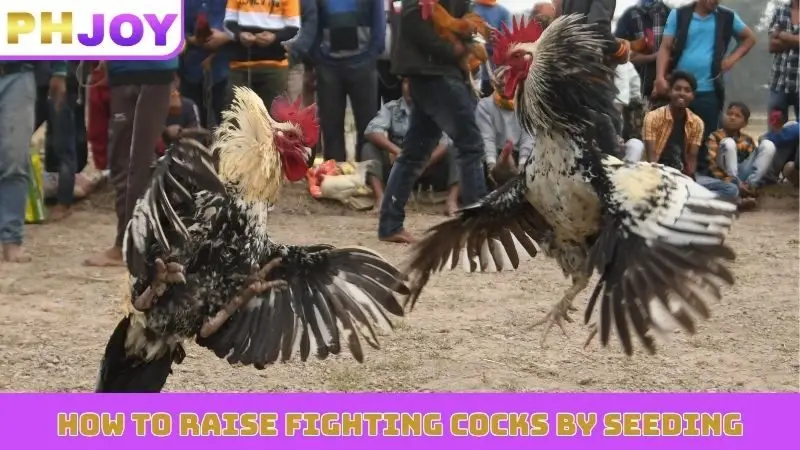
Hydration and supplements
Clean water must be available 24/7. Dehydration quickly compromises a cock’s stamina and health. Additionally, judicious use of supplements can bridge nutritional gaps. Before placing a wager, note the bird’s overall feather quality and sheen, as this often reflects the quality of its fat and protein intake over the past weeks.
Furthermore, attention to fat-soluble vitamins (A, D, E, K) is crucial for maintaining cellular integrity, eyesight, and rapid healing – traits essential for a champion. Electrolytes and specialized mineral blends should be introduced strategically, particularly in warmer climates or during intense training periods, to replace salts lost through exertion. This careful supplementation ensures the bird not only fights hard but recovers quickly, maximizing its long-term potential and serving as a critical indicator when assessing how to raise fighting cocks correctly.
The conditioning phase – Building a champion
The final stages of how to raise fighting cocks involve a disciplined conditioning regimen that builds stamina, muscle memory, and aggression while reducing excess fat. This phase typically lasts several weeks and is marked by increasing physical exertion.
Core training routines
Effective training simulates the stress and demands of the ring, preparing the cock both physically and mentally.
- Treadmilling/Walking: Daily exercise is crucial for developing leg muscle endurance and lean mass. This should be done consistently to build cardiovascular fitness.
- Sparring/Warming Up: Controlled sparring sessions (usually with protective covers) teach the cock strategy and sharpen its reflexes without risking injury. These short sessions build game experience.
- Flying and Tumbling: Specific exercises like jumping and flying drills enhance agility, explosiveness, and defensive maneuverability – all critical traits for winning.
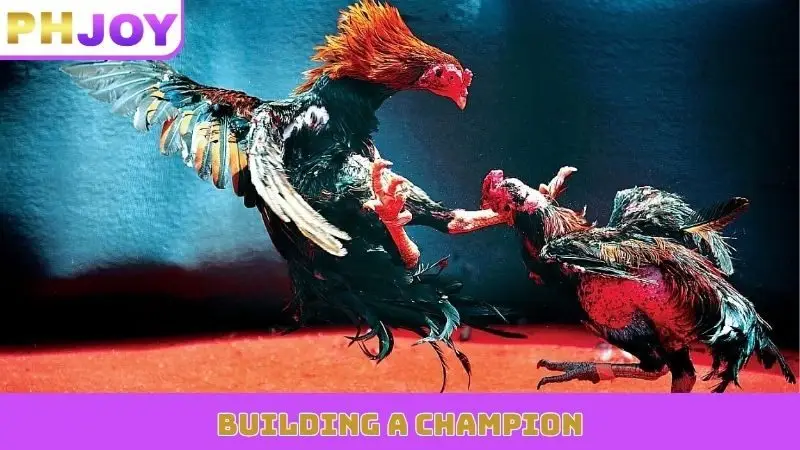
Stress management and rest
A successful conditioning program is balanced with adequate rest. Overtraining leads to muscle fatigue and susceptibility to illness, making proper recovery a key metric in how to raise fighting cocks. The rest days are just as important as the training days, allowing muscle fibers to repair and strengthen.
Equally important is minimizing psychological stress. Loud noises, unfamiliar environments, or constant exposure to potential rivals can elevate cortisol levels, negatively impacting muscle development and mental focus.
Therefore, trainers must ensure the gamecock’s environment is calm and predictable, especially in the final week leading up to a match. Techniques like specialized lighting schedules or covering coops can promote deep, restorative sleep, optimizing the bird’s mental clarity and physical energy reserves for the day of the fight.
Insights from PHJOY for savvy bettors
At PHJOY, we provide unparalleled access to cockfighting matches, but we also encourage informed wagering. When observing a cock before a match on our platform, use the knowledge of how to raise fighting cocks to assess its readiness:
- Look for ‘Hard’ Muscle Tone: A well-raised cock will feel hard and firm to the touch, indicating peak conditioning and minimal subcutaneous fat.
- Check the Comb and Wattles: They should be bright red and firm, signifying excellent blood circulation and overall vitality. Pale or drooping combs suggest poor health or fatigue.
- Observe Behavior: A cock that paces excitedly but remains focused shows the desired mix of aggression and control, typical of a well-raised and game bird.

Understanding these indicators, derived from knowing how to raise fighting cocks correctly, gives you a significant edge when analyzing the competitors and placing your wagers on PHJOY.
Conclusion
The successful execution of how to raise fighting cocks is a testament to patience, discipline. We invite you to apply this expert knowledge on how to raise fighting cocks to elevate your strategic wagering and maximize your success on our secure and dynamic platform.

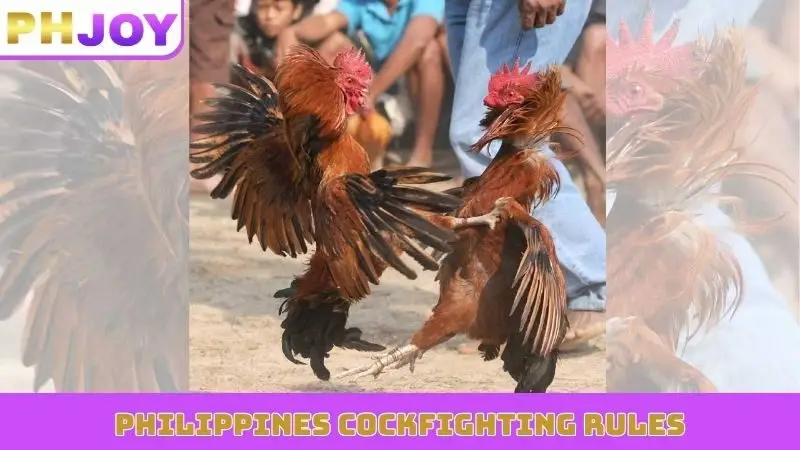 The PHJOY guide to Philippines cockfighting rules in betting
The PHJOY guide to Philippines cockfighting rules in betting 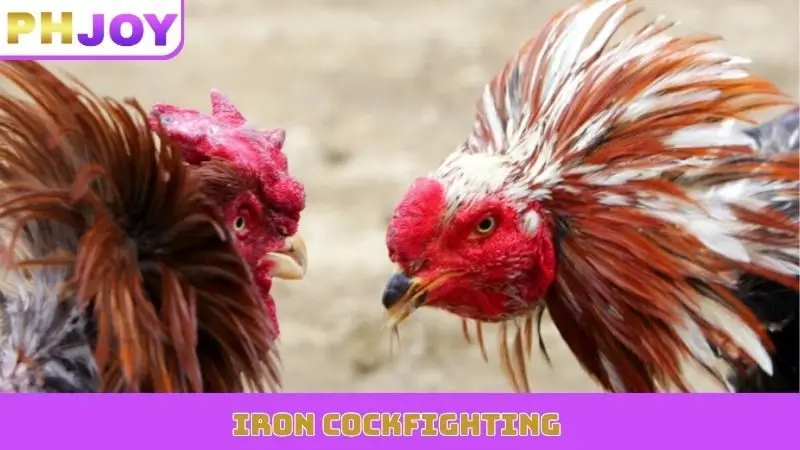 The PHJOY expert guide to mastering iron cockfighting 2025
The PHJOY expert guide to mastering iron cockfighting 2025  The Ultimate Guide to techniques for choosing fighting cocks at PHJOY
The Ultimate Guide to techniques for choosing fighting cocks at PHJOY 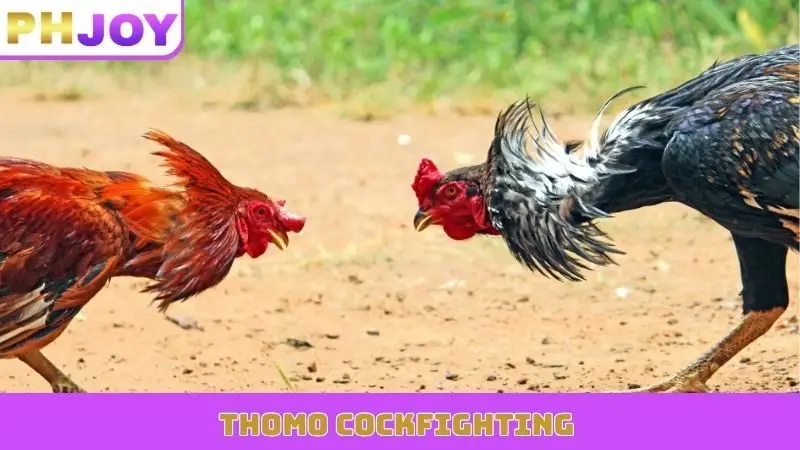 Thomo Cockfighting Bets | PHJOY Guide to Winning Strategies
Thomo Cockfighting Bets | PHJOY Guide to Winning Strategies